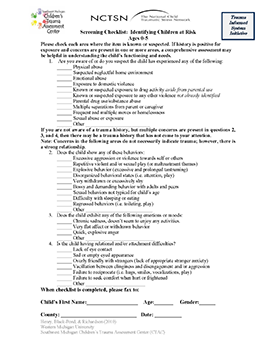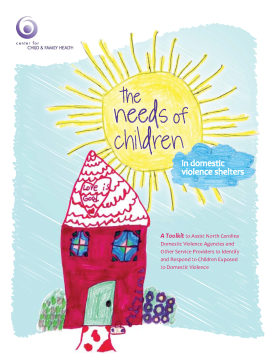
Partner-In Resource
A Guide for Mental Health Agencies
Type: Resource Guide
Assists mental health agencies with navigating and understanding The California Evidence-Based Clearinghouse for Child Welfare (CEBC) website.

